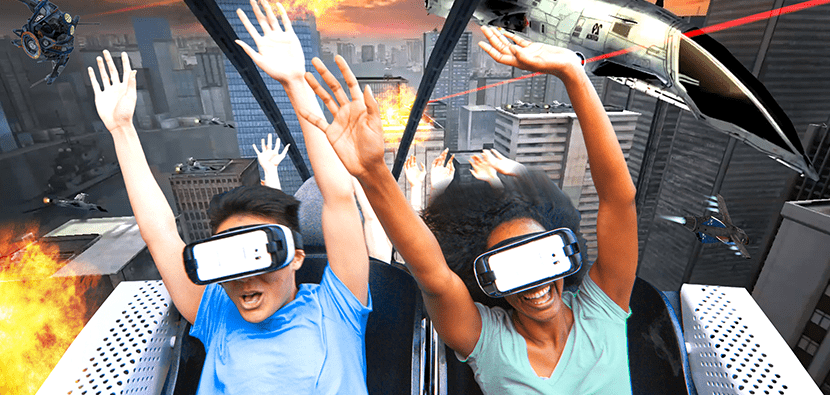В быстро развивающемся мире видеоконтента технологии виртуальной реальности (VR) и дополненной реальности (AR) стали преобразующими силами. Они меняют то, как мы потребляем, создаем и взаимодействуем с контентом. В этой статье рассматривается роль VR и AR в видеоразвлечениях, последние инновации и новые тенденции, которые захватывают аудиторию по всему миру.
VR: Погружающий рассказ
1. Кинематографический опыт VR
Кинематографический VR переносит зрителей в 360-градусное погружающее пространство, где они становятся частью истории. Это мощный инструмент для режиссеров, позволяющий создавать увлекательные сюжеты и переносить аудиторию в новые миры.
2. Прямые VR-события
Прямые мероприятия, от спортивных игр до концертов, теперь доступны в VR. Это обеспечивает беспрецедентный уровень погружения, позволяя зрителям посещать события, не выходя из дома.
AR: Улучшение реальных впечатлений
1. Игровая реальность
AR преобразила игры, например Pokémon GO. Игровая механика в реальной жизни объединяет цифровой и физический миры, побуждая к активному исследованию и социальному взаимодействию.
2. AR в образовании
Дополненная реальность улучшает образование, предоставляя интерактивные и информативные наложения на учебники или через специальные приложения. Это делает обучение более увлекательным и доступным.
Новые тенденции
1. Социальный VR
Платформы социального VR развиваются, позволяя пользователям взаимодействовать в виртуальных пространствах. Это способствует социальному взаимодействию и совместным впечатлениям в полностью виртуальной среде.
2. Смешанная реальность
Смешанная реальность (MR) сочетает элементы VR и AR, создавая гибридные впечатления. Пример — Microsoft HoloLens, используемый в дизайне и медицине.
Доступность и вызовы
1. Доступность
Технологии VR и AR становятся более доступными и недорогими. Приложения для смартфонов расширяют аудиторию пользователей, а автономные устройства обеспечивают высококачественный опыт.
2. Проблемы создания контента
Создание захватывающего контента для VR и AR может быть технически сложным и ресурсозатратным. Однако демократизация инструментов для создания контента упрощает процесс.
Будущее видеоразвлечений
1. Персонализированные впечатления
VR и AR способны предоставлять высоко персонализированные впечатления, адаптируя сюжеты и взаимодействие под предпочтения конкретного пользователя.
2. Стирание границ
По мере развития VR и AR граница между физическим и цифровым мирами будет стираться, открывая безграничные возможности для развлечений.
В заключение, VR и AR революционизируют видеоразвлечения, предлагая погружающий и интерактивный опыт. От кинематографического VR до игровой реальности — эти технологии переопределяют то, как мы потребляем и взаимодействуем с контентом. С ростом доступности и упрощением создания контента VR и AR будут играть ещё более значимую роль в будущем индустрии развлечений.
